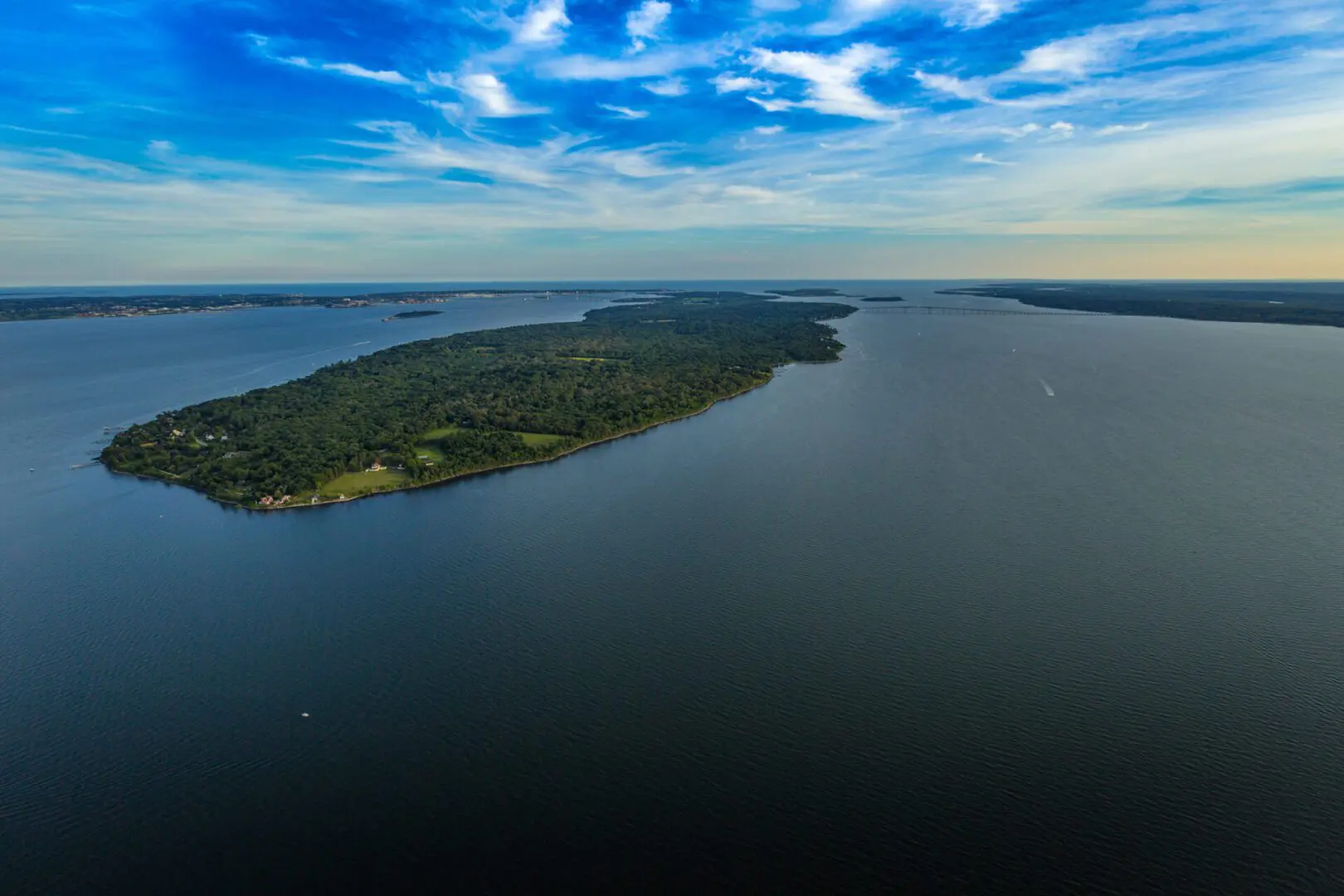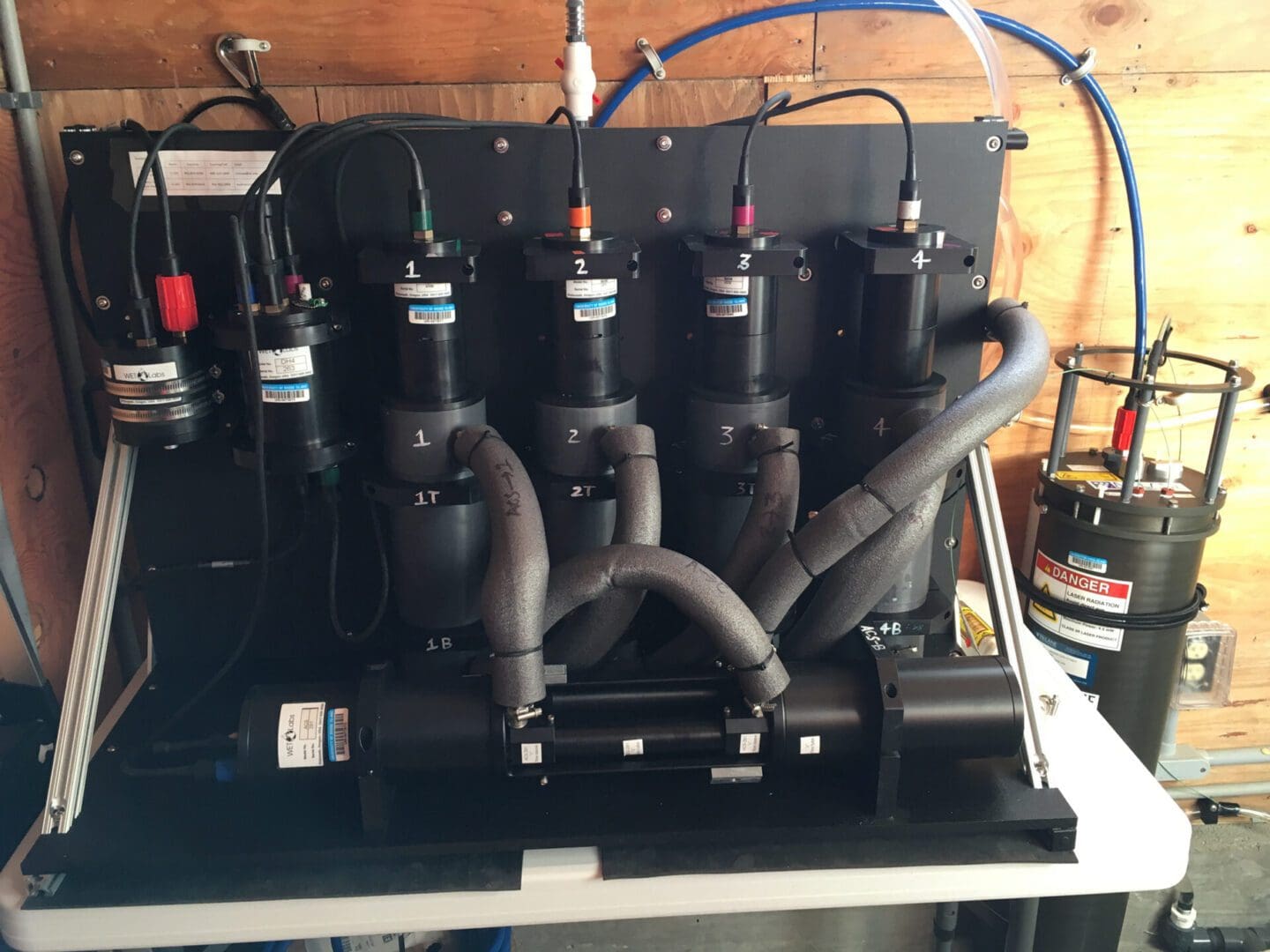Search Posts
Recent Posts
- Rhode Island Weather for June 9, 2025 – Jack Donnelly June 9, 2025
- Our Networking Pick of the Week: Uncle Jay’s Traveling Breakfast Network June 9, 2025
- When favorable treatment looks like discrimination – Mary T. O’Sullivan June 9, 2025
- To Do in RI: Literary Walking Tour, Discussion with writers in residence at Linden Place June 9, 2025
- New report recognizes music’s therapeutic and financial value in Alzheimer’s care – Herb Weiss June 9, 2025
Categories
Subscribe!
Thanks for subscribing! Please check your email for further instructions.

URI racing to get ahead of Harmful Algal Bloom (HAB) outbreaks dangerous to public health
Photo: A healthy Narragansett Bay in sight? URI partnership is using bot-derived data to predict harmful algal blooms, a global problem in Narragansett Bay and beyond.
Narragansett Bay is well-known for its photo opportunities. At the University of Rhode Island’s Narragansett Bay Campus, oceanography Associate Professor Colleen Mouw and Ph.D. candidate Vitul Agarwal are snapping away—in the name of science.
Their collaboration was inspired by the cautionary summer of 2016, when an unprecedented harmful algal bloom spread high levels of dangerous domoic acid across New England waters, prompting the recall of more than five tons of potentially infected shellfish in Maine and the first bay-wide precautionary closure for shellfishing in Rhode Island. This unprecedented event was followed by another closure of shellfish harvesting in the bay the following summer.
Though the worst-case scenario of a recall never happened here, the threat of another harmful algal bloom leads researchers to wonder when the next bloom event might happen, and what can be done to prevent it.
The cause of these events remains unknown, but the implications for local economies and human health prompted researchers to study the plankton responsible for producing dangerous neurotoxins that can cause paralysis and even death in humans.
Agarwal arrived in Rhode Island a few years after the bay closures and has been thinking about the region’s multi-state shoreline shutdown ever since.
A Ph.D. candidate in the Graduate School of Oceanography at URI, Agarwal is researching algal blooms and toxic phytoplankton off the New England coastline. Some researchers are taking a genomic approach, trying to understand the root issues of the danger. Agarwal and Mouw are taking a glass-half-empty approach, assuming more blooms are coming; they’re investigating phytoplankton communities to better understand and predict how they operate.
As blooms have taken coastlines by surprise, and communities are left to react, inventing a better means of predicting and mitigating harmful algal blooms has become a top research priority for governments worldwide.
Photo finish
With harmful algal blooms increasing in the waters, the race to get ahead of the next outbreak is a race against time—not a matter of if, but when.
Mouw and Agarwal are trying to beat the toxic blooms by using a “cytobot” to collect and photograph phytoplankton every 20 minutes in the bay, at the Narragansett Bay Campus. They’ve demonstrated how it’s possible to predict the abundance of two kinds of harmful algal species, which is good news for bay and human health.
Agarwal and Mouw shared their research, with Jonathan Chávez-Casillas in the Department of Mathematics and Applied Mathematical Sciences, in a recent paper in Harmful Algae. The trio’s use of automated cell imaging takes the data derived from 150 million images to make predictions about the algal blooms, using Pseudo-nitzschia spp. and Dinophysis spp. as their initial test subjects.
Tallying chances
Agarwal created the math models with Chávez-Casillas, a probabilist (one who uses probabilities to address issues), but his own research means you won’t likely find him at the oyster bar considering the odds.
Chávez-Casillas brought his “math toolbox” from the math department to help tackle the conundrum. Chávez-Casillas says his toolbox is transportable anywhere, and can be applied to any topic. He helped interpret the predictive models Agarwal created at GSO from the image data, providing an alternative non-biologist’s perspective.
Good news: the toxic plankton may be harmful and elusive, but it’s looking like they’re somewhat predictable. Agarwal hopes to use their collaborative results to create an early warning system that can detect the problem.
Agarwal, Mouw, and Chávez-Casillas arrived at their results using a high-resolution imaging FlowCytobot that generates a daily time series of images of the phytoplankton for their predictions. Mouw received support for the study from Rhode Island Sea Grant and NASA.
Chávez-Casillas, an applied mathematics assistant professor at URI, describes himself as a mathematical jack of all trades. He’s put his lens on a variety of fields, from high-frequency trading and mathematical biology to epidemic modeling and actuarial work. One of his focus areas is marine ecology as a field of application for data science, so the assignment for GSO was a natural outgrowth of his many interests. The fact that Chávez-Casillas grew up in Mexico City, not far from the Pacific Ocean and the Gulf of Mexico, and so was already familiar with the impact of harmful algal blooms there, meant that he had a personal understanding of their dangers as well.
Now these collaborative models are helping Agarwal and Mouw make links between harmful algae in the bay and relevant environmental drivers: wind speed, water temperature, salinity, pH, tidal height and cycles, community biomass, and chlorophyll.
The rising frequency of such events in recent decades is of increasing concern worldwide.
“HABs are occurring with increasing frequency,” says Agarwal, “and are a big problem globally.” Their economic damage can climb into the millions of dollars: closing fisheries, disrupting tourism, and damaging human health.
Dedicated travelers, the blooms have made numerous ports of call worldwide. They have been found off the coasts of Argentina and the Gulf of Maine, in Chesapeake Bay, North Sea, Gulf of Mexico, Baltic Sea, even Lake Erie. They are in New England waters, too, though not necessarily always in the numbers that pose a danger to the public … but they could.
Many say that the blooms are the greatest water quality threat found to public health and aquatic ecosystems.
Automated imaging could mean early detection of harmful algal bloom events and the ability to predict blooms in advance, sharing alerts about water, as is now done for weather and fire conditions on land. Monitoring by water sampling is time-intensive, expensive, and laborious. High-resolution sampling would be more powerful and exact.


One step ahead?
Mitigating the blooms would be good, but prevention would be even better.
URI is one of the first sites using imaging data in a predictive context; the bot’s applications could have great value far beyond Narragansett Bay. GSO’s research is a step forward in the development of early warning systems, says Agarwal.
“These problems have great impact for the state of Rhode Island and the shellfish industry here—so it’s critical to understand HABs,” says Agarwal. “The bay is changing rapidly and in ways we can’t comprehend. For every positive change or species preserved, there’s another that’s not coming back.”
He hopes to see their use of bots to analyze local waters provide value far beyond Narragansett Bay for this global issue. “Our work could be shared everywhere,” Agarwal says.
